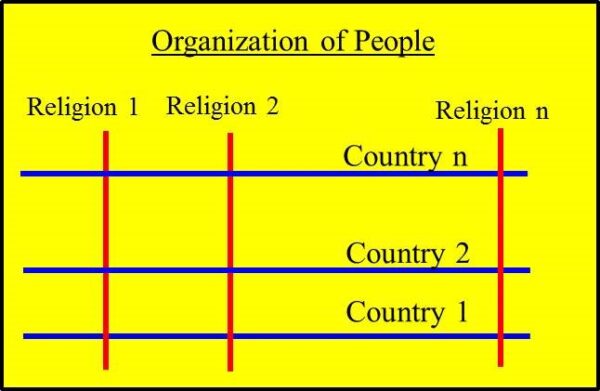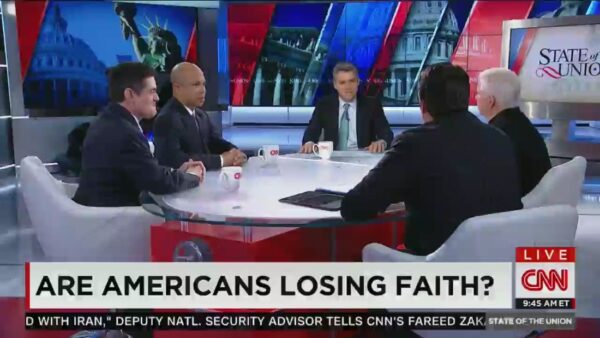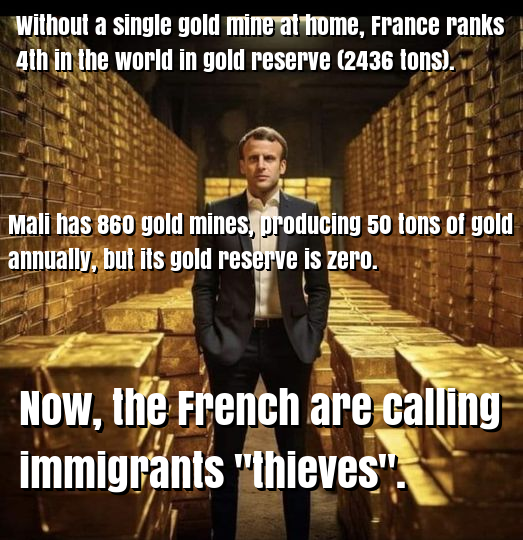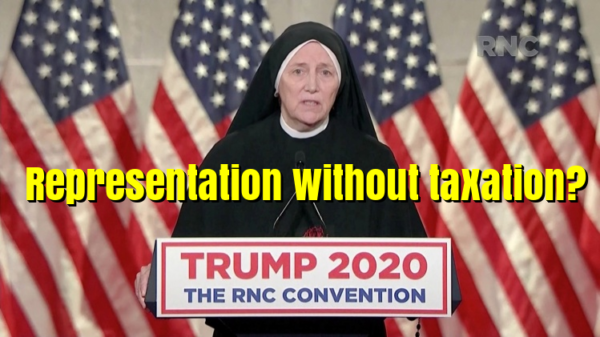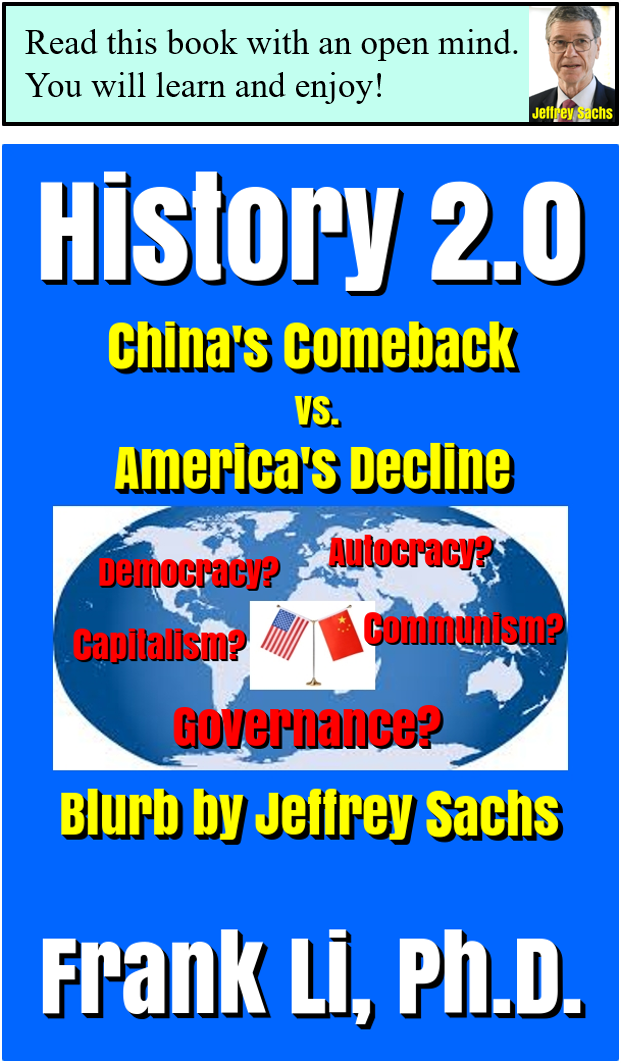What is a country? What is religion? And what is the relationship between church and state? How should the relationship be?
These questions have been haunting most of the world over the past 2,000 years at least. With China’s speedy comeback, the world is rapidly moving from unipolar to multi-polar. So, there is no better time than now to thoroughly answer these basic, yet profound, questions.
1. Organization of People
The image below highlights my theory of “Organization of People.”
It is a meshed network, with religions (or churches) and countries (or states) interposed, reflecting the two major ways to organize people:
- By country: For example, both France and America accommodate multiple religions.
- By religion: For example, there are Christians and Muslims in multiple countries.
1.1 Country
The first civilization by country is Egypt, which dates back some six thousand years. China boasts to have a civilization of five thousand years. For more, Wikipedia – Civilization .
1.2 Religion
The first well documented [and organized] religion is Judaism, which started about three thousand years ago. However, many Gods (e.g., Sun God, Moon God, and Water God) existed way before that, in attempts to explain what was, at the time, beyond man’s comprehension.
After the written languages were developed, some scholarly people started documenting and theorizing their own beliefs, and even creating their own God(s), resulting in several holy books, such as the Torah (Judaism), the Bible (Christianity), and the Qur’an (Islam).
For more, read Religions.
2. Country vs. religion
At the highest level conceptually, country and religion have the same goal: organizing (or controlling) people. Therefore, they often conflict and even collide. As religion came later than country, it has been used to either subvert (more often) or justify (less often) the government of a country.
Here is the general dynamic between country and religion: as a religion grows, it tries to gain additional power over its subjects, thus interfering with the country (e.g., a monarchy or a democratically elected government). When people lose confidence in the government, they tend to be more religious. On the other hand, when a country is prosperous, religion tends to lose prominence.
A country typically has an army, but a religion usually does not. In the past, there were some notable exceptions, with a religion commanding a large army. Two examples:
- Christianity: Many Christian armies were recruited during the Crusades.
- Islam: Many Muslim armies were assembled across countries during the Muslim conquests under the Ottoman Empire.
3. Country and religion
Different countries treat religions differently. Six examples:
- China: Historically, the Chinese Emperor is called the “Son of Heaven” (天子), and the world is “All under Heaven.” Other than that, there has never been a significant [organized] religion in China, nor will there ever be, regardless of the West’s wishes (Christianity in China)! As a matter of fact, today’s Chinese government is perhaps most religiously tolerant in Chinese history.
- Japan: The Emperor is called Tennō (天皇), which means “heavenly sovereign.” It is [likely] a copy from China several thousand years ago, with Japanese adaptation. Moreover, Japan cleverly created a religion called Shinto (神道), with the Emperor being its head. As a result, the Emperor is both the head of the state and a living God. This system has been working out remarkably well in Japan for more than two thousand years, resulting in not only a powerful country, but also the longest monarchy in human history, with the Emperor having no [need of a] last name!
- Roman Empire: It was a dramatic fusion of imperial power and religion (i.e., Christianity) in its later years. The [Western] Roman Empire ended in 476AD, but its footprints are still everywhere, with the adage “all roads lead to Rome” still being true today, literally: the Vatican is located inside Rome!
- Byzantine Empire: This vast empire (aka the Eastern Roman Empire) lasted for about 1,000 years after the [Western] Roman Empire ended in 476AD, with Christianity as the glue to expand and hold the empire together.
- England: Different kings (or queens) treated religions differently, but Henry VIII carried it to the extreme. After the Pope refused to sanction his first divorce, he separated the Church of England from the Roman Catholic Church, and declared himself its supreme head, with its own rules more to his liking. Moreover, “the English ‘Call for Toleration’ was the turning point in the Christian debate on persecution and toleration” (Wikipedia – Religious persecution).
- America: The U.S. Constitution ensures religious freedom (First Amendment to the U.S. Constitution). Additionally, state and religion are supposed to be separated, although there have been some worrisome trends in recent years blurring the lines.
Different religions treat countries differently. Two examples:
- In Iran, the head of the government is the head of the largest religion (i.e., Shia Islam). As far as political power is concerned, it has little tolerance for other religions (e.g., Christianity) or even the other faction within Islam: Sunni Islam.
- While some religions have been beneficial for a country (as well as for mankind), others have often been used to deny logic and science, with negative consequences, such as falling behind in social evolution.
Finally, just as there are wars between countries, there are wars between religions. Furthermore, just as there are wars within a country, there are wars within a religion, such as (1) Catholics vs. Protestants within Christianity and (2) Shia vs. Sunni within Islam.
4. Discussion
Throughout the world, different relationships between church and state exist for different reasons. Let us focus on four regions:
- East Asia.
- The Mideast.
- Europe.
- America.
Let me highlight each …
4.1 East Asia
There is virtually no issue of “church vs. state” in this region. Two big examples:
- China: There is only state, but practically no church (i.e., organized religion).
- Japan: Church and state are practically one, entirely Japanese.
There is one major exception: the Philippines, with about 80% of its population being Catholics, thanks to European colonialization! Enjoy the short video below.
4.2 The Mideast
It is a melting pot, with three major religions (e.g., Judaism, Christianity, and Islam) claiming Jerusalem to be a holy city. Four examples:
- Jews: Before the state of Israel was created in 1948, the Jewish people did not have their homeland for at least 2,000 years, through which they were held together mostly by Judaism, their own religion.
- Israel: No big issue for now, as church and state are practically one. However, as the Palestine population grows, Israel may eventually have to choose between democracy (i.e., one person, one vote) and the “traditional” Jewish way of family living and hierarchy.
- Iran: It is a religious country that does not own its religion (i.e., Shia Islam). It means, among many things, conflicts with other countries over religions (e.g., Sunni Islam and Christianity).
- Saudi Arabia: This country is still a monarchy, which is obviously outdated. Its main religion is Sunni Islam, which means it is hard to get along with its biggest neighbor: Iran, a Shia Islam country, unless other interests outweigh, which appears to be the reality today.
4.3 Europe
Its history is full of wars between countries, with Christianity often playing a big role (e.g., Catholics vs. Protestants).
As more and more Muslims migrate into Europe, a lot of new problems are surfacing in a clash of cultures and religions. Two examples:
- The U.K.: Its state religion is Christianity. A big question: to what extent will it “tolerate” a fast-growing religion like Islam?
- France: It is officially a secular country without a state religion. A big question: to what extent will it continue to separate church and state?
4.4 America
Can any country be more exceptional than America, which was founded with neither a king nor a pope?
No, of course not!
Unfortunately, America has been badly failing in these two basic principles:
- Religious freedom.
- Separation of church and state.
For an explanation of the image above, read The Latest: At RNC, nun lauds Trump for being anti-abortion.
5. Summary
Throughout human history, many countries have been in constant power struggles between two authorities: king (or queen) and religion. Religious power tends to get stronger with a weak king, while a strong king often diminishes religious power.
The power struggles remain little changed after monarchies are replaced by republics: It just becomes a republic government vs. religion.
Unfortunately, a republic with a democratically elected government has often proven to be untrustworthy, with a ridiculously low approval rating. As a result, people turn more to religion for support, which is especially true in America today.
6. Closing
The subject of “church vs. state” is very complex. Fortunately for China and Japan, it has never been an issue. Instead, they are mostly Confucian culturally and philosophically.
Unfortunately for the rest of the world, it has been a contentious issue ever since an organized religion entered a country in most cases.
For more, read History 2.0 – China’s Comeback vs. America’s Decline.

